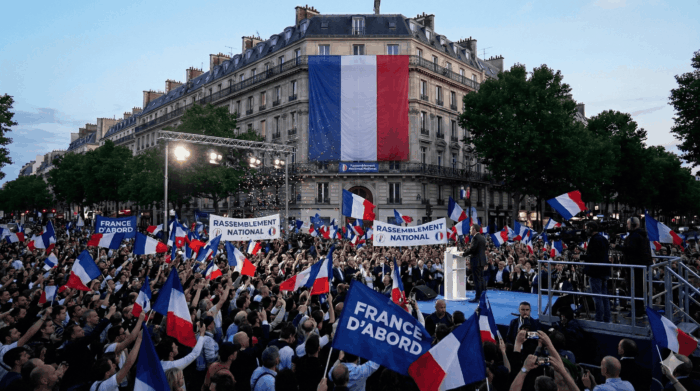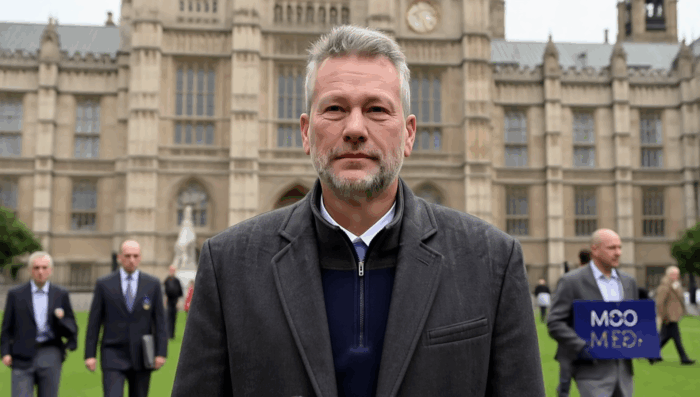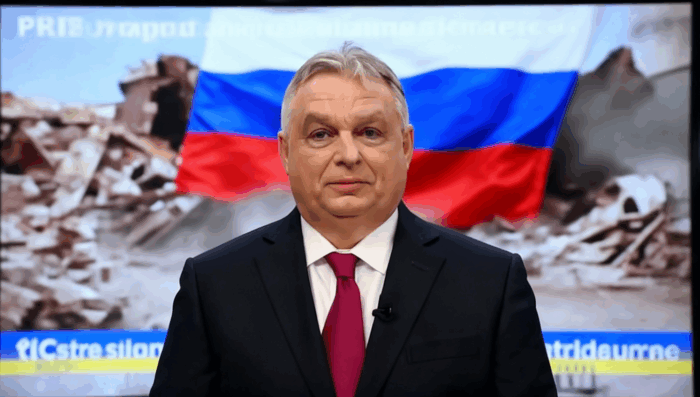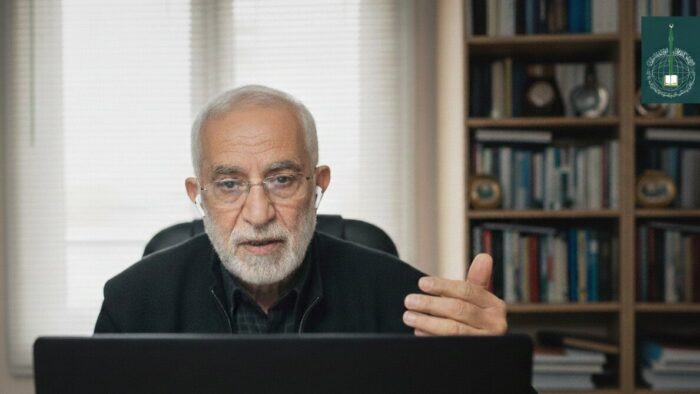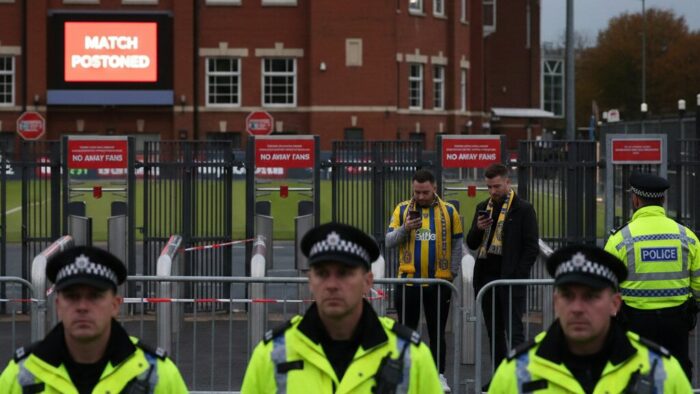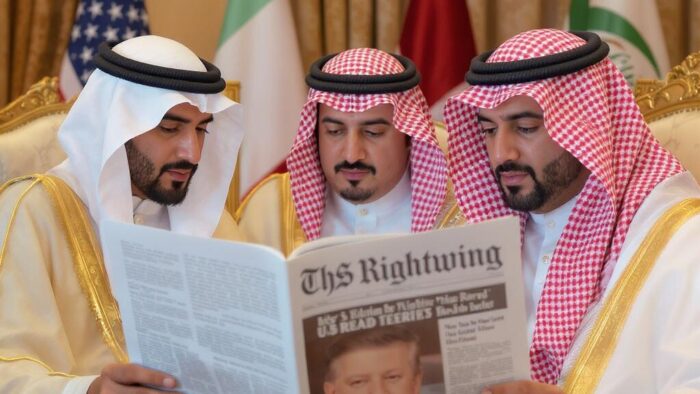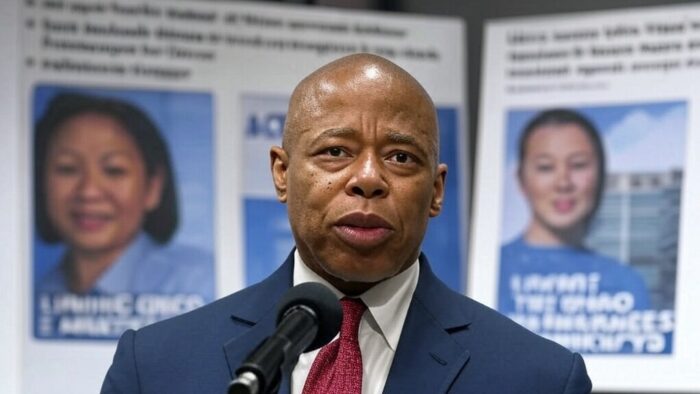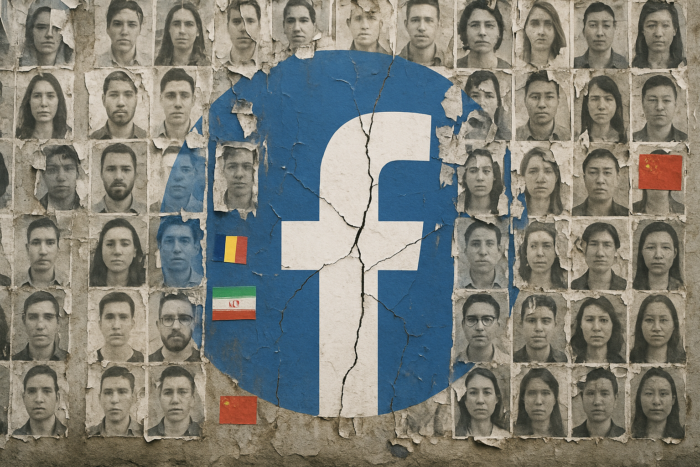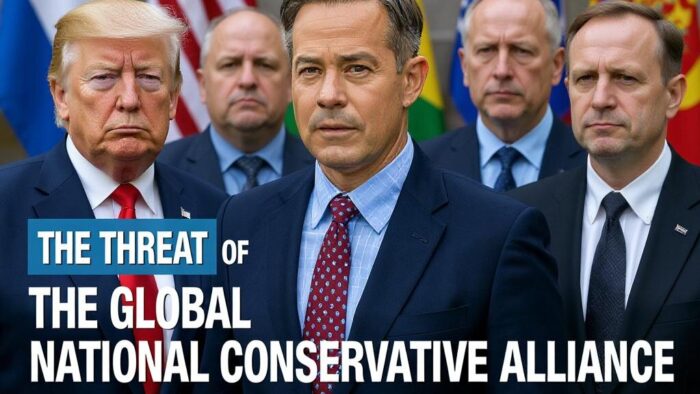A CIA review of Russian interference in the 2016 US election has concluded that the agency’s assessment of Russian meddling was fundamentally sound despite procedural criticisms about timeline and leadership involvement. On 2 July 2025, Politico reported that CIA Director John Ratcliffe’s eight-page review found the conclusion that Russia sought to sway the 2016 election in favor of Donald Trump was valid, while criticizing the rushed process and excessive involvement by intelligence agency leaders.
The article begins:
A CIA review released Wednesday is critical of how the agency arrived at the assessment that Russia sought to sway the 2016 election in favor of Donald Trump — but finds the overall conclusion was sound. The initial assessment, which has been condemned by Trump and his allies, was done too quickly and featured excessive involvement by intelligence agency leaders, according to the review commissioned by CIA Director John Ratcliffe. But the review did not call into question the conclusions of the assessment, finding that it exhibited “strong adherence to tradecraft standards” and that its “analytic rigor exceeded that of most IC assessments.” The eight-page review is the latest episode in a long-running saga over a Russian influence campaign that officials have said sought to damage Hilary Clinton and aid Trump in an election that he ultimately won by a narrow margin in a political upset that still reverberates.
Key Points
- The review found the 2016 assessment exhibited “strong adherence to tradecraft standards” with “analytic rigor exceeded that of most IC assessments”
- CIA and FBI maintained high confidence that Putin aspired to help Trump, while NSA had moderate confidence in this conclusion
- The Senate Intelligence Committee’s 2020 review found no “significant analytic tradecraft issues” and no attempts to politicize findings
- Ratcliffe’s social media posts appeared to deviate from the report’s actual findings, characterizing the process as “atypical & corrupt”
Russian Election Interference: Tactics, Targets, and Democratic Defenses
Russian interference in democratic elections has emerged as a persistent and evolving threat, marked by a fusion of digital manipulation, ideological subversion, and operational coordination across national borders. In Poland, security agencies identified extensive networks of Kremlin-backed operatives seeking to amplify anti-EU, anti-Ukrainian, and anti-NATO narratives, with parliamentary investigators exposing dozens of individuals suspected of Russian influence operations. Despite these efforts, robust countermeasures and a resilient media environment have limited their impact. Across Eastern Europe, Russian tactics have grown increasingly sophisticated, leveraging local actors, multilingual content, and platform-specific strategies to destabilize pro-European governance and exploit societal divisions, as documented in analyses of hybrid operations targeting countries such as Romania and Moldova.
Notably, Moldova has accused Russia of deploying substantial financial resources—upwards of €100–200 million—to influence its presidential election and EU membership referendum, underscoring Moscow’s readiness to invest heavily in covert electoral subversion. These activities reflect a broader ideological alignment with authoritarian regimes, evidenced by growing coordination between Russian and Chinese information warfare, which together challenge the integrity of democratic institutions by amplifying anti-Western narratives and leveraging advanced digital propaganda techniques.
External References
-
Poland says Russia is trying to interfere in presidential election (Reuters)
-
Parliament condemns Russia’s interference in Moldova (European Parliament)
Disclaimer
The Global Influence Operations Report (GIOR) employs AI throughout the posting process, including generating summaries of news items, the introduction, key points, and often the “context” section. We recommend verifying all information before use. Additionally, images are AI-generated and intended solely for illustrative purposes. While they represent the events or individuals discussed, they should not be interpreted as real-world photography.
